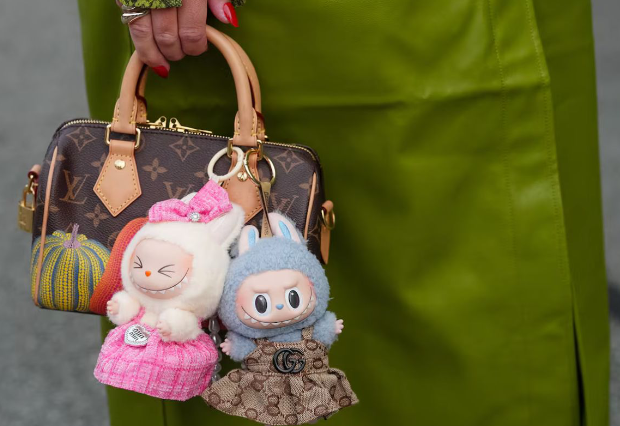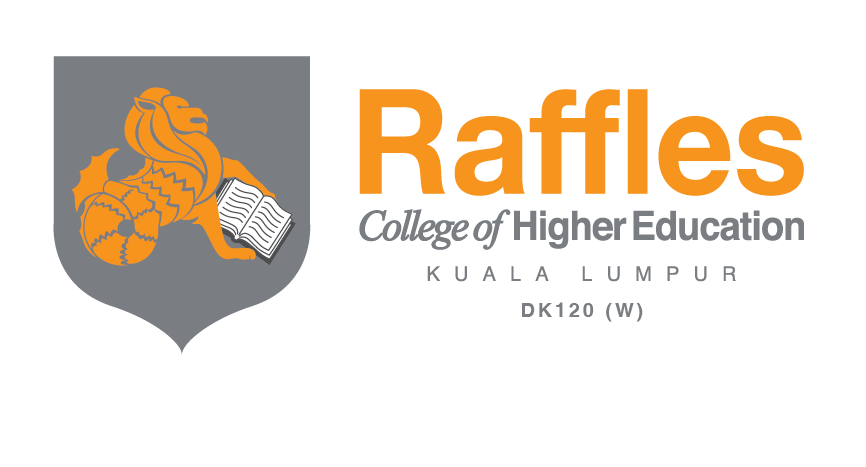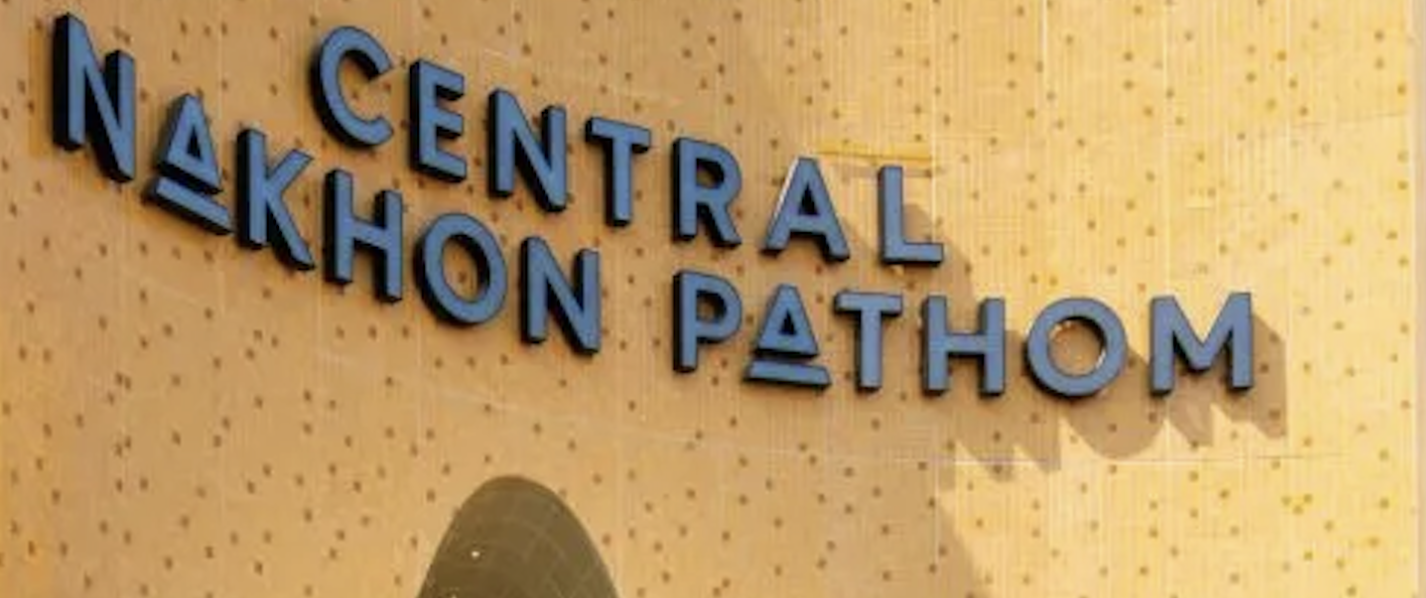
Image Credit: Getty Images via Business of Fashion (2025)
Do you remember when stuffed animals were only for kids? Think about it again. The global “kidult” trend, in which adults collect and style toys, is changing fashion, pop culture, and retail. Jellycat, a London-based brand known for its irresistibly soft stuffed animals, is at the front of the wave. These toys have become Gen Z’s new favorite thing. CNBC (2025) says that Jellycat’s annual profit doubled and its revenue hit $450 million, thanks to adults, not toddlers.
The Growth of the Kidult Economy
The ‘kidult’ trend is more than just cute; it’s a powerful phenomenon. Collectibles offer Millennials and Gen Z a sense of comfort, nostalgia, and, most importantly, an emotional connection. What was once a childhood pastime has now evolved into a fashion statement and a symbol of status. These toys have become luxury items, with high resale prices and a significant social buzz, for instance, Jellycat’s Amuseable Avocado and Pop Mart’s Labubu figures.
The trend has taken off in Asia. This year, Pop Mart, China’s biggest store for collectible art toys, had record-breaking sales. Its Mini Labubu Doll sold out right away. It’s the same emotional pull that makes people buy sneakers or limited-edition bags. It’s not about the toy in the end; it’s about being part of a cultural group.
When Toys and Fashion Collide, Fashion Companies Have Quickly Joined the Toy Parade. Gucci, Prada, and Louis Vuitton have all released collections that evoke fond memories. Do you remember Gucci’s Doraemon capsule? Or Prada’s Re-Nylon line, which has cartoon-like mascots? Sorayama, the Japanese illustrator who creates futuristic, toy-like sculptures, has even worked with Dior Men.
And then there’s LEGO, which works with Adidas and Levi’s to turn building blocks into fashion. Medicom Toy’s Bearbrick, on the other hand, is a prime example of how art, luxury, and streetwear can come together. It has worked with Chanel, Nike, and Virgil Abloh.
Celebrities have only added fuel to the fire. Fans eagerly follow BLACKPINK’s Lisa’s expanding collection of plush Jellycats on Instagram. Billie Eilish was recently spotted at the airport with a stuffed animal, and Bella Hadid frequently posts pictures of her stuffed animals alongside her high-end bags. The distinction between ‘toy’ and ‘trend’ has officially blurred in 2025.
Emotional Luxury in an Age of Fear
Why now? “Soft luxury” is the new approach to self-care in a world where the economy is shaky and there is an overwhelming amount of information online. Having a Jellycat or Pop Mart collectible isn’t childish; it helps you feel more stable emotionally. The soft feel, limited editions, and personal stories behind each piece make people feel happy and genuine, which is something that algorithmic shopping often lacks. There are entire pop-up stores in Japan and Korea dedicated solely to collectible plushes , where fans gather to connect, not to make a purchase. It’s commerce based on community, where small things that make people feel seen shape who they are.
“Emotion is the new currency of brand loyalty,” as marketing expert Emily Chang wrote in the Harvard Business Review (2025). Jellycat, Pop Mart, and other brands excel in the emotional economy more effectively than most high-end brands
From the Runway to the Store Shelf
Fashion houses aren’t just watching; they’re getting involved. Louis Vuitton collaborated with artist Yayoi Kusama to transform polka dots into collectible figurines. Balenciaga is creating bags that resemble stuffed animals. Moschino’s whole style is based on nostalgia for pop culture. And Supreme’s capsule collections of toys, like LEGO minifigures and Steiff teddy bears, sellout in minutes. Toys are becoming the new handbags, and plush mascots are becoming the new influencers in a world where anything can be a collectible.
The Toy-Fashion Metaverse is the NEXT FRONTIER
The next step? In the metaverse, digital collectibles and fashion inspired by toys are available for purchase, such as those from Nike. SWOOSH, Adidas Originals x Bored Ape Yacht Club, and Louis Vuitton’s digital trunks are the best examples. Think about having a digital Jellycat NFT that gives you access to a real-life plush drop or special merchandise. That’s where fashion and toys will meet next. And we can’t forget about TikTok and Instagram Reels, where hashtags like #JellycatHaul and #PopMartUnboxing get millions of views every day. Companies are no longer just selling things; they’re also creating emotional ecosystems.
Raffles Perspective: Where Business and Imagination Meet
At Raffles, our Fashion students explore this very concept: how culture, emotion, and business intersect to create new trends. They don’t just study business; they live it. They learn about everything, from product design to effective pop-up store management.
Arman POUREISA
Marketing Manager
References
Business of Fashion. (2025, September). Pop Mart’s new mini Labubu doll sells out instantly in China. Retrieved from https://www.businessoffashion.com/news/retail/pop-marts-new-mini-labubu-doll-sells-out-instantly-in-china/
CNBC. (2025, October 1). Gen Z favorite toymaker Jellycat doubles annual profit in adult-fueled toy craze. Retrieved from https://www.cnbc.com/2025/10/01/gen-z-favorite-toymaker-jellycat-hits-450-million-revenue-amid-craze.html
Harvard Business Review. (2025). The emotion economy: Why brands win with feelings, not features.
Vogue Business. (2025). Why nostalgia marketing is driving Gen Z consumer culture.
The Guardian. (2025). Inside the global obsession with collectible toys: From Pop Mart to Jellycat.
Getty via Business of Fashion. Pop Mart plush dolls demand wave. Image used under license from Getty via Business of Fashion







